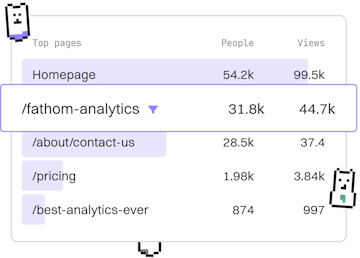Basics
.NET Syntax
.NET Syntax Basics
.NET syntax in C# uses semicolons and curly braces with type safety.
Introduction to .NET Syntax
.NET syntax is crucial for writing C# programs effectively. C# utilizes semicolons to terminate statements and curly braces to define code blocks. Understanding these elements is essential for creating well-structured and error-free code.
Semicolons in C#
In C#, semicolons (;) are used to end each statement. They act as a delimiter, indicating the end of one logical unit of code. Missing semicolons often result in compilation errors.
Curly Braces for Code Blocks
Curly braces ({ }) are used to group multiple statements into a block. This is essential for defining the scope of control structures, methods, and classes.
Type Safety in C#
C# is a statically typed language, meaning that the type of a variable is known at compile time. This enhances type safety, reducing runtime errors and improving code reliability.
Conclusion
Mastering .NET syntax is fundamental in becoming proficient in C#. By understanding the use of semicolons, curly braces, and type safety, developers can create robust and efficient applications.
Basics
- Previous
- Running Code
- Next
- Variables
